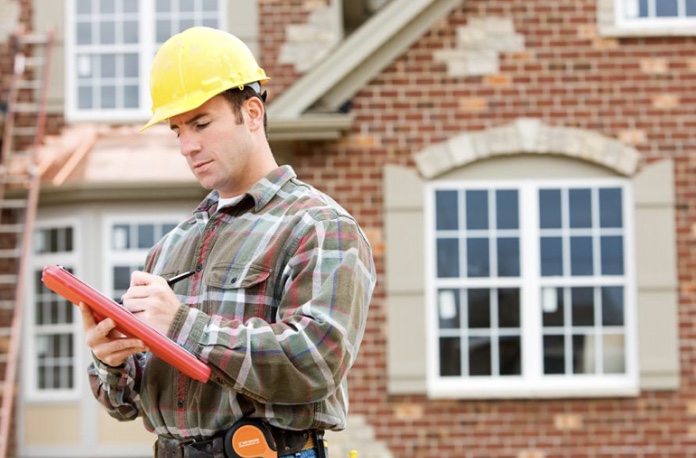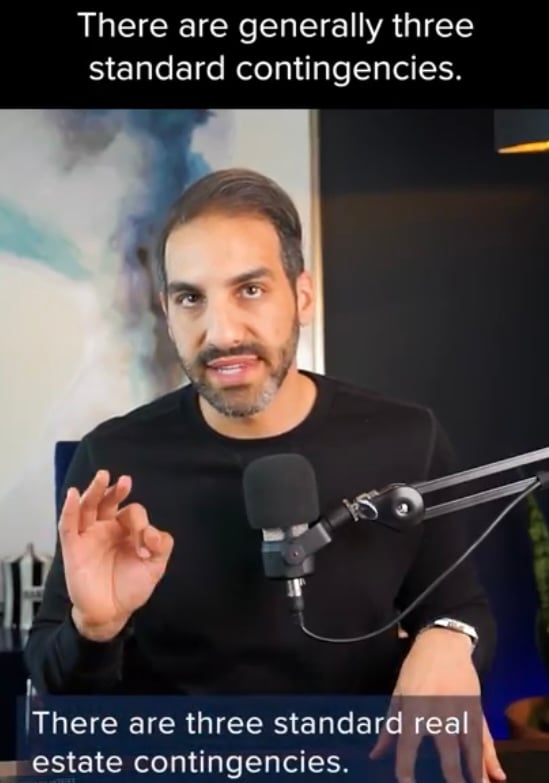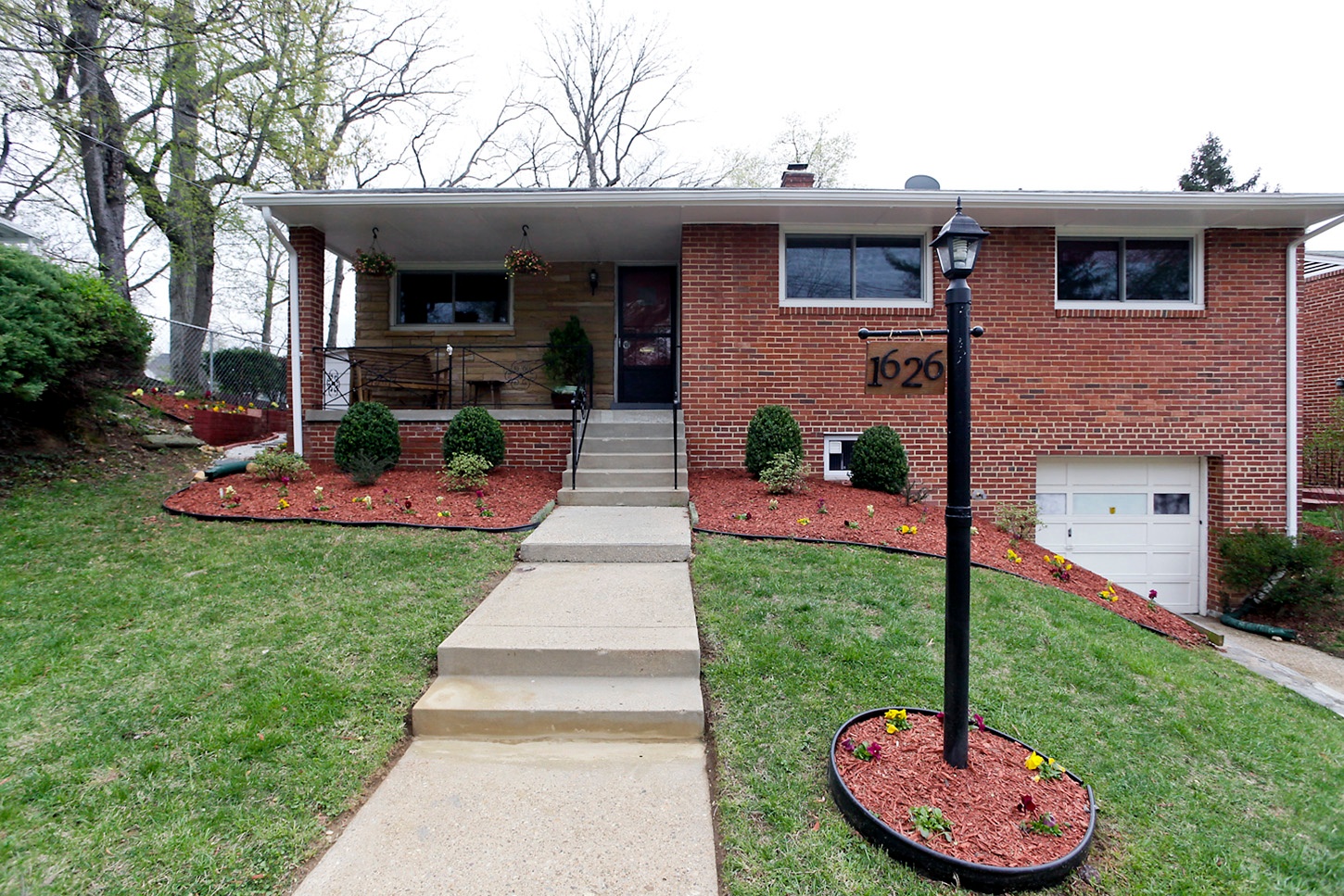Radon is an invisible, odorless, tasteless cancer-causing, radioactive gas. When we breathe in air containing radon, the likelihood of lung cancer increases. As a matter of fact, the United States Surgeon General has officially warned that radon is the second leading cause of lung cancer in the country.
Because we can not smell, taste, or see the deadly radioactive gas, the only way to find out your home’s radon levels is to test them. Any home can have radon and it is important that you have your home tested before putting it on the market. Radon is found in every county of Virginia. In fact, many areas of Virginia are above average compared to the rest of the state. Over half of Virginia’s counties and independent cities have been designated by the Environmental Protection Agency (EPA) as having a high potential for indoor radon. Fairfax County is included in the EPA’s discovery.
Getting Your House Inspected for Radon
Testing for radon is the only way to discover your home’s radon levels. If you are considering selling your home, the US Surgeon General and the EPA advise testing your home before putting it on the market.
Virginia requires that contractors be licensed by the National Radon Safety Board or the National Radon Proficiency Program. Once you choose a contractor they will test your home using Cartridge style tests. Using Continuous Radon Monitoring equipment, an average of the radon will be taken and will determine the radon level in PicoCuries per liter (pCi/L).
There are short and long-term radon tests. Generally, short-term tests are administered when selling a house because it is quicker, but still an effective way to discover radon levels. Short-term tests take between 14 to 90 days.
Understanding Your Radon Test Results
Radon results are divided into 3 categories.
Greater Than or Equal to 4.0 pCi/L
Anything above 4.0 4.0 pCi/L is ordinarily used as the threshold radon level with the sale of a home. Above 4.0 pCi/L is approximately the same chance for lung damage and cancer as smoking a half-pack of cigarettes daily. The EPA recommends the installation of a radon mitigation system when the radon exposure is at this level.
Between 2.7 and 4.0 pCi/L
Even though the EPA recommends a radon mitigation system at 4.0 pCi/L, the World Health Organization (WHO) suggests mitigation be put in place at 2.7 or above pCi/L. Keep in mind because radon comes from the ground (rocks and soil), the lower you are to the floor, the more radon exposure you will receive. Small children and pets will always be at higher risk.
Less Than 2.7 pCi/L
This is a fairly low level of radon. Neither the EPA nor WHO have stated they feel it is necessary to implement radon mitigation with 2.7 pCi/L or less.
What is a Radon Mitigation System?
The easiest way to lower the amount of radon is to have a professional install a mitigation system. There is more than one type of radon mitigation available. The type you need will depend exclusively upon the foundation of your home. System installations range from $800 to $1500 with the national average at $1200.
According to the EPA, the most common type of radon mitigation system is an active sub-slab-depressurization. This technique uses various suction points drilled into the sub-slab creating 4-6 inch holes. A fan is then installed in an unconditioned area of the home like the attic or crawl spaces below the house. Radon gas is then drawn up using PVC pipe and released into the air.
What Happens if You Find High Levels of Radon?
It is advisable if you find radon levels at 2.7 pCi/L or more to hire a professional and install a radon mitigation system before putting your home on the market. However, depending upon your situation that may not be an option.
In a case where you may not have the time or finances to endure the process of mitigation, it doesn’t have to be a dealer breaker. You can fix the situation by offering a buyer credit so they can resolve the problem on their own. Another option is to split the cost with your buyer.
In order to be prepared for the outcome of your radon levels, it is advisable to have your home tested by a professional before putting your house on the market. However, keep in mind that having radon present in your home does not mean it won’t sell.
Khalil El-Ghoul
Khalil El-Ghoul is a seasoned real estate broker actively helping sellers and buyers throughout Northern Virginia, DC, and Maryland. Known for his no-nonsense approach, Khalil combines expert market insight with honest, objective advice to help buyers and sellers navigate every type of market—from calm to chaotic. If you’re looking for clarity, strategy, and a trusted partner in real estate, he’s the one to call. 571-235-4821, khalil@glasshousere.com








